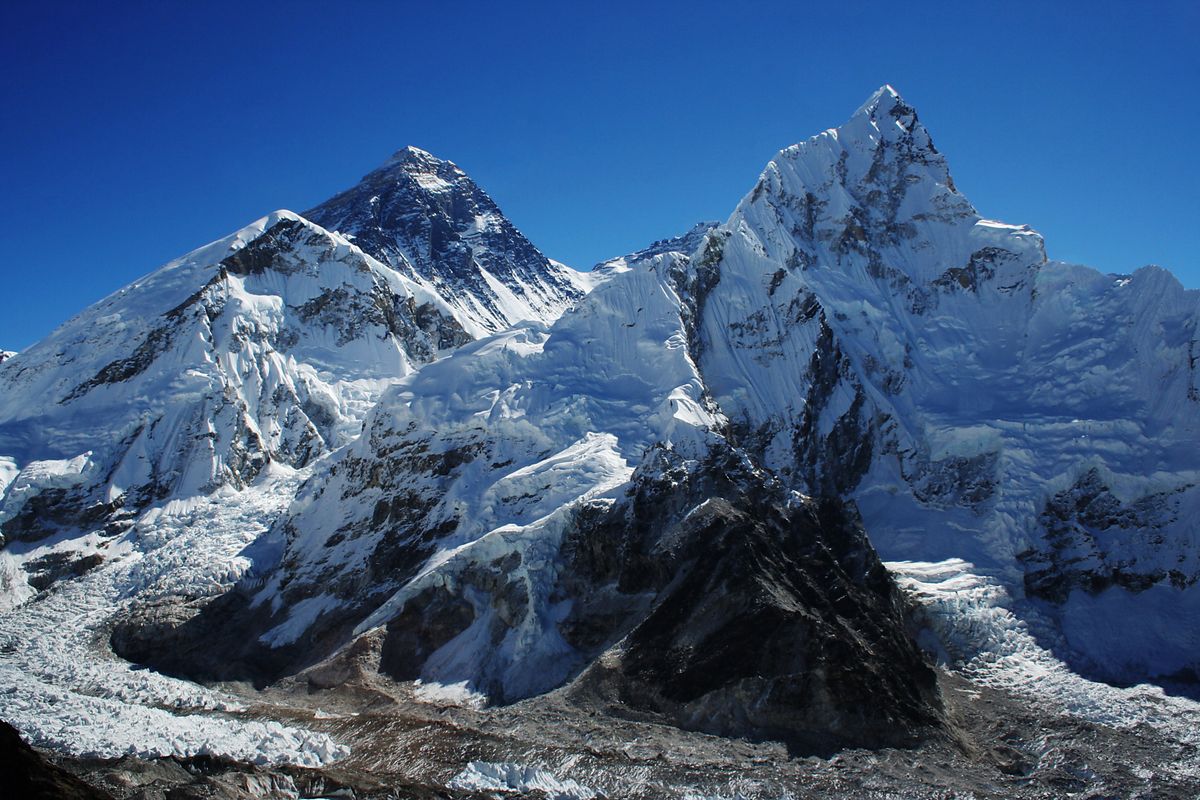
There's a Traffic Jam on Mount Everest

The summit of Mount Everest, the highest point on Earth, might seem like the last place you'd get stuck in a traffic jam, but rising numbers of climbers have been attempting the trek since Sir Edmund Hillary and Tenzig Norgay were the first to achieve the feat in May 1953, and more of them have been making it. And these aren't just experienced mountaineers — with the help of more advanced equipment and dedicated sherpas, amateurs are also attempting the climb, the BBC News Magazine reports.
But all of those climbers have caused bottlenecks along the climbing routes; some of these even caused waits of 2.5 hours at certain points. All of the people on the mountain have also contributed to problems with litter and sanitation, though dedicated cleaning expeditions have alleviated that problem.
To solve the issues with congestion, some have been advocating imposing climbing quotas, while others have said authorities should require at least basic mountaineering training before an Everest summit attempt, the BBC said.
Relatedly, the grandson of Norgay, who has himself reached Everest's summit three times, has asked the British government to make a gesture to honor his grandfather on the 60th anniversary of the momentous climb, the Guardian reports. While Hillary was knighted for his achievement, Norgay was given the George medal, awarded for acts of bravery by civilians.
Follow Andrea Thompson @AndreaTOAP, Pinterest and Google+. Follow OurAmazingPlanet @OAPlanet, Facebook and Google+.
Sign up for the Live Science daily newsletter now
Get the world’s most fascinating discoveries delivered straight to your inbox.

Andrea Thompson is an associate editor at Scientific American, where she covers sustainability, energy and the environment. Prior to that, she was a senior writer covering climate science at Climate Central and a reporter and editor at Live Science, where she primarily covered Earth science and the environment. She holds a graduate degree in science health and environmental reporting from New York University, as well as a bachelor of science and and masters of science in atmospheric chemistry from the Georgia Institute of Technology.









